Karate Flow: „Panta rhei“ – Everything flows!
According to Heraclitus, we ourselves and all existence are subject to eternal change: „Everything moves and nothing stays.“
Western philosophy such as Heraclitus‘ „theory of flux“ and Far Eastern wisdom from Taoism are much closer than cultural differences would lead one to believe! Water and the associated properties are elementary components of our lives and the philosophical basis of many cultures. And just as we strive for the right flow in life, we can also strive for the „right“ karate flow!
The River/Flow as a Metaphor for a Karate Treatise in 4 Parts, viz
Part 1.: Karate training as a process of change: How we can improve in the long term through flexible training methods
Part 2.: Karate techniques as a flow of movement: How body and mind merge into a flowing unit
Part 3.: The way to karate flow – keep calm and grow: How the slowly flowing development process forms the karateka internally and externally
Part 4.: Karate – origin and further development: How in the flow of time the fight changed to an art
Karate Flow Part 1.: Karate training as a process of change
„We step into the same river and yet not into the same one, we both are and are not!“ (Heraclitus)
By this Heraclitus means that with each new step into the same river, the conditions are different each time, e.g. in terms of current, temperature and speed of the water, but also in terms of external conditions such as sunlight, wind, etc.
And we ourselves change every time we dive in, especially the flow of thoughts can never be exactly the same.
Likewise, when practicing a technique, we should not act statically and always use the same technique execution, but we should listen to the body and work on perfecting the technique by changing body tension, using different muscles or by slight changes in position. The motto is improvement through change!
It is true that there is not only one optimal design, but perfection lies in the optimal, automatic selection from the variety of possibilities of the human body.
Karate Positions: Low or High / Long or Short?
Using the oi-zuki as an example, you can practice changing from a low, long stance to a high, short stance – the different stance lengths each require a different tension in the thigh muscles (whereby the inner and outer muscles are also stressed differently) and different positions of the knees and the hip. In the same way, speed and range in partner training also change depending on the length of the stand.
In general, one can assume that the higher stance is more flexible and looser, compared to a stronger but also more rigid position with a lower stance.
The very deep stance in traditional karate is intended more as a training challenge and to strengthen specific muscle groups than as a practical combat exercise. When it comes to partner training, even „traditionalists“ tend to take a higher stance for better mobility.
Karate locomotion: push from behind or pull forward?
Even more important than working on the personally „right“ position is trying out different movement patterns. With the oi-zuki, the start is particularly important because it overcomes physical inertia. To do this, the push-off with the rear leg was taught in the classic way, but this does not necessarily give the technique the optimal direction of the impulse (stretching the back leg results in a line going diagonally forward and upwards, and some of the energy goes into the ground and the opponent could recognize an introductory movement).
Another method would be relieving the front leg by lowering the knee, using gravity as the initial impulse. You briefly dive down with your body like a wave, so to speak, and then catapult yourself forward with the other leg.
My preferred version would be to pull the posterior half of the body forward on the front thigh by contracting the adductors of the front and rear legs. You can imagine the front leg as a column on which an elastic band is stretched backwards – this band represents the inner musculature, which throws the body forward with a dynamic jerk.
Karate Flow: Fast vs. Slow
Of course, one of the most important criteria in martial arts is to be able to achieve a technique quickly. This is especially true in Shotokan Karate, where you usually attack from greater distances than in boxing, for example.
However, speed should never be preferred at the expense of effectiveness on target. A hit that has no effect is wasted energy and an invitation to counterattack.
It is therefore important to practice techniques also very slowly, because this will make the main mistakes obvious. In addition, through the slow execution you get to know the interaction of all muscle groups involved better and the overall coordination improves significantly.
Again using the example of oi-zuki, you can also train to avoid jerky transitions while slowing down – from a smooth start to the middle section, where the leg in front now takes over the forward momentum, to the impact, in which all parts of the body are brought to the end position simultaneously. In this way, a technique is harmoniously combined into a perfect karate flow.
For me, oi-zuki training is an absolute basic part of every training session, whereby I try out all possible positions and movement patterns, regardless of my preferences, in order to find out the best possible karate flow.
Every river digs its own bed!
Our development in life or in training is not a process that we should only leave to others! Instructions, hints and corrections from teachers are important, but the actual work is up to you – the how, i.e. how often, how intensively, how seriously or how consciously is always up to your own will!
Try, analyze, reflect, correct – and start over again and again!
For a holistically trained karateka, it is important to train the great variety of techniques found in the kata in order to constantly challenge the mind and develop a large repertoire.
But in an emergency, the best functioning and always available (favourite) technique, called tokui-waza in karate, should be used!
„I do not fear the man who practiced 10,000 kicks once, but I fear the man who practiced one kick 10,000 times.“ (Bruce Lee)
Part 2 to be continued soon…
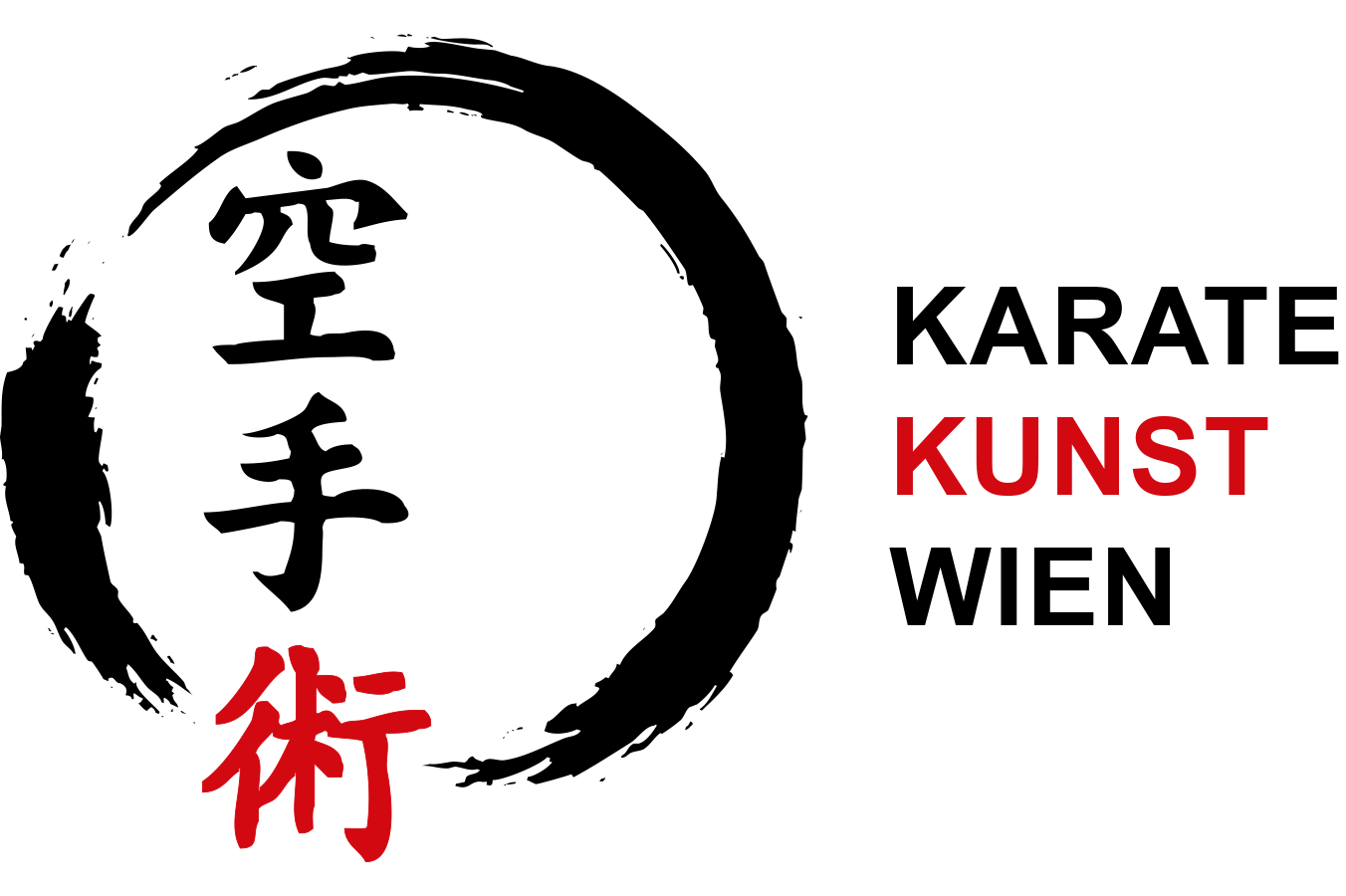
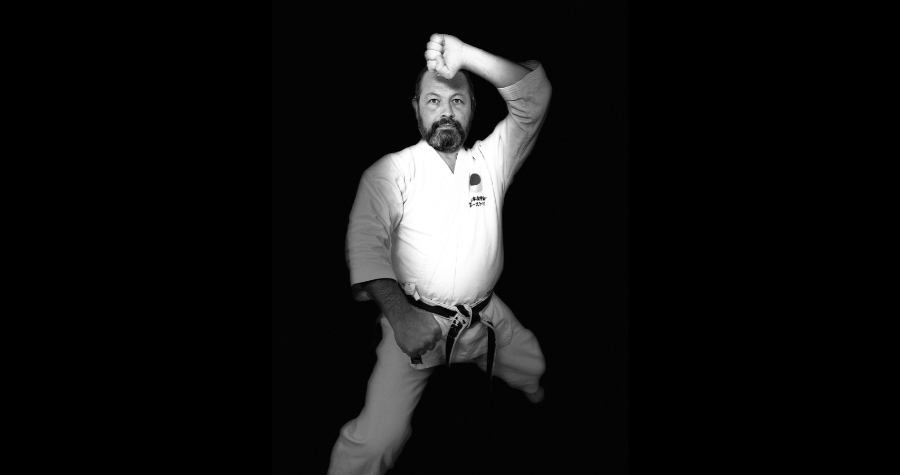 Karatekunst Wien
Karatekunst Wien
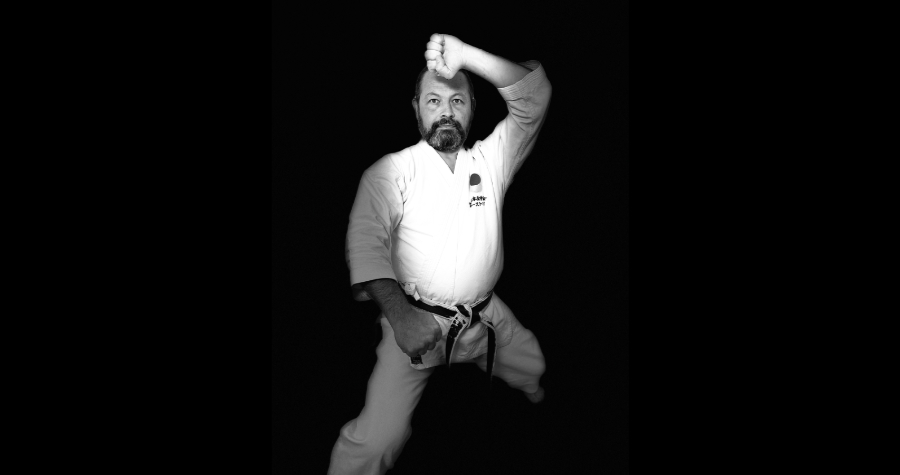 Karatekunst Wien
Karatekunst Wien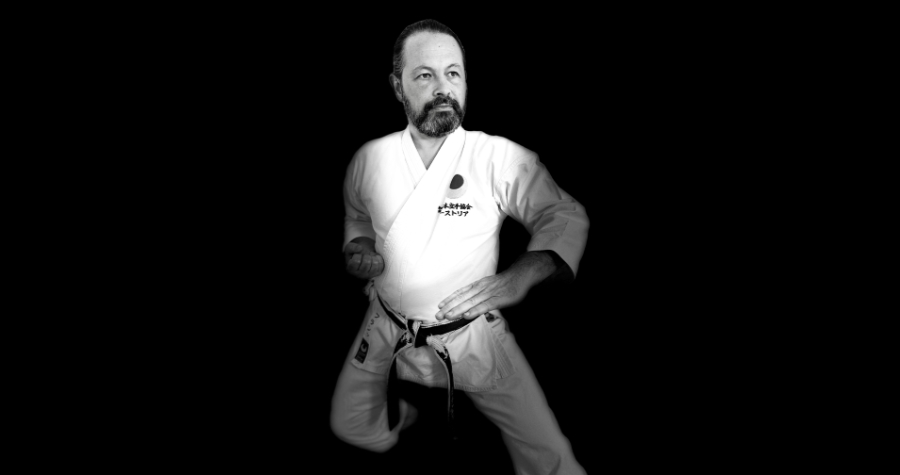 Franz Peischl
Franz Peischl